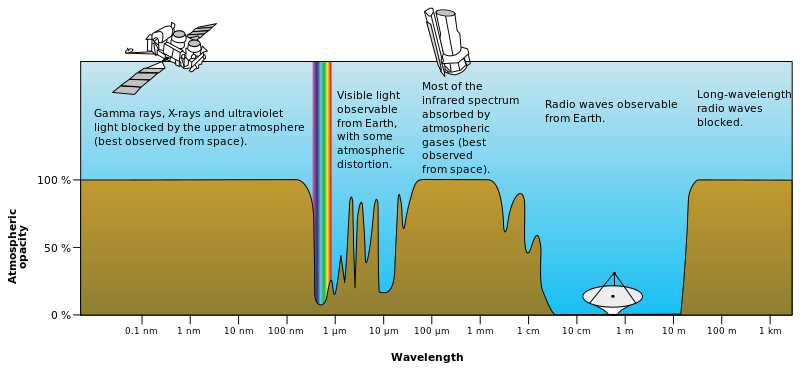Watch Cyrus Dreyer, a graduate student in Chris Van de Walle's Computational Materials group at UCSB (and one of my coworkers), give an elevator pitch on LED research for general lighting applications. It's title: "Lighting the World from the Head of a Pin."
Obviously, he's glossing over many technical details on how LEDs work, which is so hard to do because investigating the technical details is what we DO everyday.
In an elevator pitch, the point isn't to communicate details. The point is to communicate broader context, significance, and something memorable that sets your technology apart. For LEDs, one thing that sets them apart is the super small scale of the light emitting layer which is only a few nanometers thick. One billionth of a meter. That's approaching the scale of individual molecules.
Fun fact: your fingernails grow about a nanometer a second, which is actually faster than the rate we "grow" the light emitting layers for our LEDs. But that's another story for another time!
Cyrus Dreyer's presentation was part of a Grand Slam contest organized by UCSB's Grad Post. You can see the other finalists and winner on Youtubes.
Obviously, he's glossing over many technical details on how LEDs work, which is so hard to do because investigating the technical details is what we DO everyday.
In an elevator pitch, the point isn't to communicate details. The point is to communicate broader context, significance, and something memorable that sets your technology apart. For LEDs, one thing that sets them apart is the super small scale of the light emitting layer which is only a few nanometers thick. One billionth of a meter. That's approaching the scale of individual molecules.
Fun fact: your fingernails grow about a nanometer a second, which is actually faster than the rate we "grow" the light emitting layers for our LEDs. But that's another story for another time!
Cyrus Dreyer's presentation was part of a Grand Slam contest organized by UCSB's Grad Post. You can see the other finalists and winner on Youtubes.


